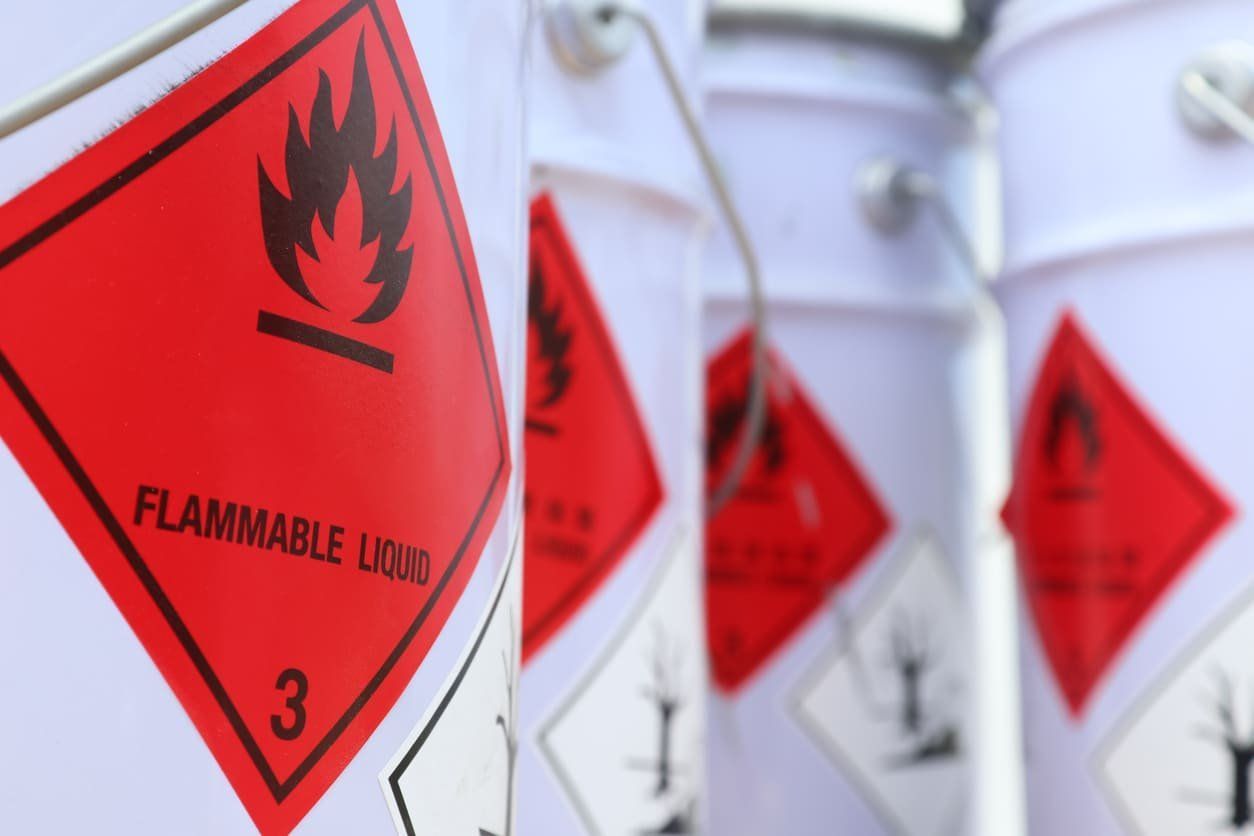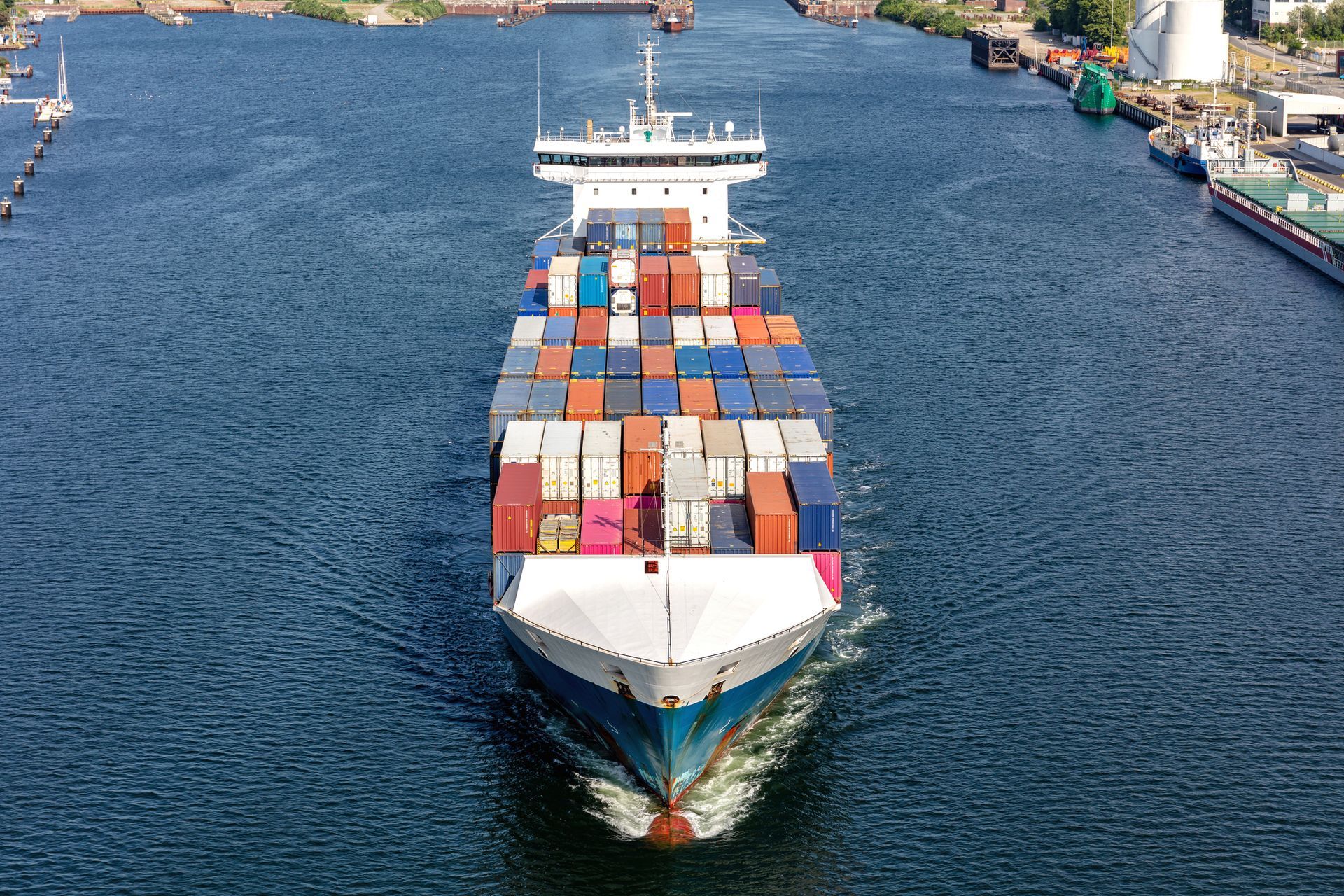
Do you want to know how to transport hazardous materials abroad? This guide was created to clarify your doubts on the subject, according to the international regulations for this type of transport. The content will also help you understand the different types of hazardous materials and their risks.
We will cover everything from the definition of what is considered hazardous cargo to the precautions and procedures necessary for transportation. By the end of this guide, you will be aware of the rules for transporting them safely. Therefore, make sure to inform yourself before starting operations with this type of cargo. Enjoy the reading!
After all, what are hazardous materials?
Hazardous materials are substances with physical, chemical, or biological characteristics that pose risks to health, safety, and the environment. The organization that regulates all legal matters related to the maritime transport of hazardous materials is called the IMO.
What is IMO?
In Portuguese, IMO stands for International Maritime Organization. It is a specialized agency of the United Nations responsible for handling all technical procedures related to ocean transport worldwide.
It is important to note that the IMO developed the IMDG Code, which refers to the International Maritime Dangerous Goods Code. With its creation, it became possible to categorize all hazardous materials into 9 classes, as we will see later in this article.
IMDG Code: what it is and its importance
The importance of the IMDG Code lies in the fact that it is an internationally recognized and applied code for the maritime transport of hazardous goods.
Developed by the International Maritime Organization (IMO), the IMDG Code plays a key role in standardizing and regulating this type of transport on a global scale.
The IMDG Code establishes specific guidelines and conditions for the handling, packaging, labeling, documentation, stowage, and the entire process related to the transport of hazardous goods.
Its purpose is to ensure the safety of the cargo, reducing the risks of accidents and protecting human life, public health, and the environment.
Although there are other regulations and codes related to the transport of hazardous goods, the IMDG Code is of utmost importance due to its scope and international nature.
It stands out for being widely recognized and adopted, providing clear and comprehensive guidelines for the safe handling of these goods.
It is worth noting that the IMDG Code is periodically reviewed every two years, resulting in amendments that come into force two years after their adoption. This ensures that the code is up to date and aligned with the needs and advancements in the maritime transport of hazardous goods.
What are the types of hazardous materials in international transport, according to the IMDG?
Before understanding how to transport hazardous materials internationally, it is necessary to know the types of substances that exist. According to the IMDG, these hazardous materials are classified into 9 categories as follows:
Explosives in general
They are substances capable of producing violent exothermic reactions or explosions.
Compressed, liquefied and dissolved gases under pressure
These are substances that vaporize at a temperature of up to 20 degrees Celsius or are in a gaseous state at a pressure of 101.3 kPa;
Flammable liquids
These are liquids that have a flash point of 60 degrees Celsius or less and a boiling point of 150 degrees Celsius or less;
Flammable solids
These are solids that can ignite easily and spontaneously combust in contact with air, or that react dangerously with water;
Oxidizing substances
These are substances that release oxygen, increasing the risk of combustion or explosion;
Toxic and infectious substances
These are substances that can cause serious damage to human or animal health;
Radioactive material
These are substances that emit ionizing radiation and can cause damage to health and the environment;
Corrosives
These are substances that can corrode materials and cause burns in contact with the skin or eyes;
Miscellaneous hazardous substances
Miscellaneous hazardous substances and articles include materials that present risks during transportation, but do not fall into any of the other categories provided for in the legislation. This class includes various products, such as fuel oils, dry ice, lithium batteries, among others.
Each dangerous good has a UN identification number, which is a number assigned to its technical name registered in the IMO (International Maritime Organization) database along with its sub-classifications.
According to paragraph 2.0.2.2, there are four types of UN identification numbers:
Individual entries for well-defined substances or articles: for example, UN 1090 for acetone solution or UN 1194 for ethyl nitrite.
Generic entries for well-defined groups of substances or articles: For example, UN 1133 for adhesives, UN 1266 for perfumery products, UN 2757 for solid and toxic carbamate pesticide, or UN 3101 for organic peroxide type B liquid.
Specific entries for N.O.S. (Not Elsewhere Specified): these cover a group of substances or articles of a specific chemical or technical nature. For example, UN 1477 for N.O.S. inorganic nitrates or UN 1987 for N.O.S. alcohols.
General entries for N.O.S.: cover a group of substances or articles that meet the criteria of one or more classes. For example, UN 1325 for flammable solid, organic, N.O.S. or UN 1993 for flammable liquid, N.O.S.
Now that you know what dangerous goods are and what types there are, find out what the specific procedures are to ensure the safe international transportation of these substances. See below for details of the procedures and precautions required.
What documents are required for international transportation?
To transport dangerous goods internationally, you need to gather a series of documents. They guarantee safety and compliance with the laws and regulations in force. Among the documents required are
Basic documents:
DCA
Developed in collaboration with shipowners with the aim of speeding up the approval of dangerous goods. It contains information on the MSDS/ MSDS and the quantities of the batches to be shipped;
Emergency sheet
Contains information on handling the product in the event of accidents and first aid instructions;
MSDS
Contains all relevant details about the hazardous product, including information on transportation, technical details, safety measures in the event of accidents and other details. It consists of 16 fields;
Certificate of Approval or CPS
Its function is to prove that the packaging is suitable for maritime transportation. In our country, only the certificate issued by the Navy (DPC) in accordance with NORMA 5 is valid.
The Navy carries out various tests on the packaging and it takes up to five months to issue the certificate, as pressure tests, resistance to ripples and others are carried out.
Post-approval documents
MDGF
This is issued by the exporter and presented to the ship's captain. With this document, the captain is aware of all the dangerous products on board and, in the event of an incident, he can consult the EMS mentioned in the document to deal with the product;
ANNEX VII
Dangerous goods declaration in Portuguese issued by the exporter and presented by the shipowner to the port companies. Currently, the documentation is submitted electronically due to the new paperless port structure.
The importance of correct packaging in the international transportation of dangerous goods
For some cargoes, the IMDG Code provides for a Certificate of Approval. Contrary to what some people think, there is specific packaging (which must follow IMDG rules) for each type of product.
In general, packaging differs between modes, which means that packaging for land transport, for example, is not suitable for sea transport.
In the international maritime transportation of dangerous goods, it is crucial to adopt specific packaging that follows the international guidelines of the IMDG Code. Maritime transportation requires special packaging, duly designed and certified to guarantee safety throughout the journey.
Inadequate packaging can lead to a series of problems and headaches. For example, when dangerous cargo arrives at the maritime terminal and is not properly packaged, it has to be removed from the site and relocated in appropriate packaging.
This process generates delays, additional costs and, most importantly, can compromise the safety of those involved and the environment.
The responsibility for packing dangerous goods correctly lies with the product manufacturer.
These parties must be aligned with the exporter in order to follow the applicable international guidelines. It is essential that the packaging is designed to withstand the conditions of maritime transportation, such as variations in temperature, humidity, pressure and movement of the cargo during the journey.
In Brazil, there are approved companies that specialize in producing packaging for the maritime transport of dangerous goods. In this sense, these companies can also provide assistance in choosing the right packaging for a given type of product, according to the IMDG Code.
When dealing with the movement of dangerous goods in international transportation, it is essential to adopt a series of precautions to ensure the safety of everyone involved.
The product data sheet, also known as the Material Safety Data Sheet (MSDS), contains detailed information on the characteristics and hazards associated with the dangerous cargo.
This sheet must provide specific guidelines for handling, transportation and storage, taking into account the particularities of that cargo. It is essential that everyone involved in transportation has access to this sheet and strictly follows the instructions it contains.
The emergency sheet is a document that describes the measures to be taken in the event of accidents or incidents during the transportation of dangerous goods.
It provides information on the safety procedures to be followed, including specific actions to minimize risks and protect the health of those involved.
It is essential that drivers, cargo operators, agents and other professionals are familiar with the MSDS and know how to act in emergency situations.
The MSDS must also contain information on the appropriate storage conditions for hazardous cargo. This information is crucial to ensure that the cargo is kept in a safe environment, avoiding conditions that could compromise its integrity or cause dangerous reactions.
It is important to strictly follow the storage guidelines to avoid accidents and minimize the risks associated with hazardous cargo.
It is also very important to note that the information on the MSDS must be in English.
In addition, the product's technical data sheet (MSDS) must contain the same information, but in the language of the place of origin, in compliance with the specific regulations of each country or region.
By taking these precautions into account when transporting dangerous goods internationally, it is possible to minimize risks, protect the health and safety of those involved and comply with international regulations.
How is dangerous cargo transport carried out at LCL?
The transportation of dangerous goods in LCL (Less than Container Load) requires specific procedures to ensure safety while sharing space inside the container. Here is an overview of how this process is carried out:
Acceptance for LCL: Due to the complexity and specific requirements of dangerous goods transportation, not all cargo can be accepted for LCL transportation. Before starting the process described above, an analysis is carried out to determine whether the dangerous goods can be transported in this way. This assessment considers factors such as the nature of the cargo, applicable regulations and international and local guidelines.
Segregation group pre-analysis: The NVOCC (Non-Vessel Operating Common Carrier) carries out a pre-analysis to determine which dangerous cargoes can be transported together in the same container. This is essential due to the shared nature of the LCL, where different shipments are grouped together in a single container. The pre-analysis considers the segregation and compatibility requirements of the cargoes, following international regulations.
Documentation for the shipowner: The NVOCC sends the documentation relating to dangerous cargo to the shipowner responsible for transportation. This documentation includes detailed information about the cargo, such as classification, packaging, quantity and other relevant characteristics. The shipowner reviews these documents and carries out a compatibility analysis, approving the shipment based on the information provided.
Identification of incompatibilities: During the compatibility analysis, the shipowner checks for possible incompatibilities between the dangerous cargoes that will be transported together in the same container. If any incompatibilities are identified, the NVOCC is informed and, in turn, notifies the client of the need to make adjustments or adaptations to guarantee the safety of the transport.
Documentation analysis: This is followed by documentation analysis to ensure compliance with regulations. In this process, the NVOCC, especially specialized companies like Allink, works with the client to facilitate approval by the shipowner.
It is essential that the exporter chooses a reliable company, such as Allink, that can handle the complex procedures involved in transporting dangerous cargo safely. This approach protects the health of those involved, as well as the environment, by ensuring that all stages of the process are carried out in accordance with established regulations and best practices.
Learn all about hazardous cargo transportation with Allink
As we've learned about international maritime transportation, it's essential to find a company that carries out the procedures for transporting dangerous cargo safely, protecting health and the environment. At Allink, we follow all the international requirements for safe dangerous cargo. Check it out!
Continue a navegar no blog da Allink

Mantenha-se informado sobre o comércio exterior
Assine nossa newsletter e receba atualizações semanais de forma gratuita sobre o mundo da logística.




